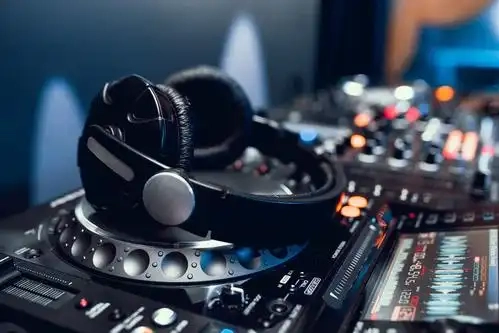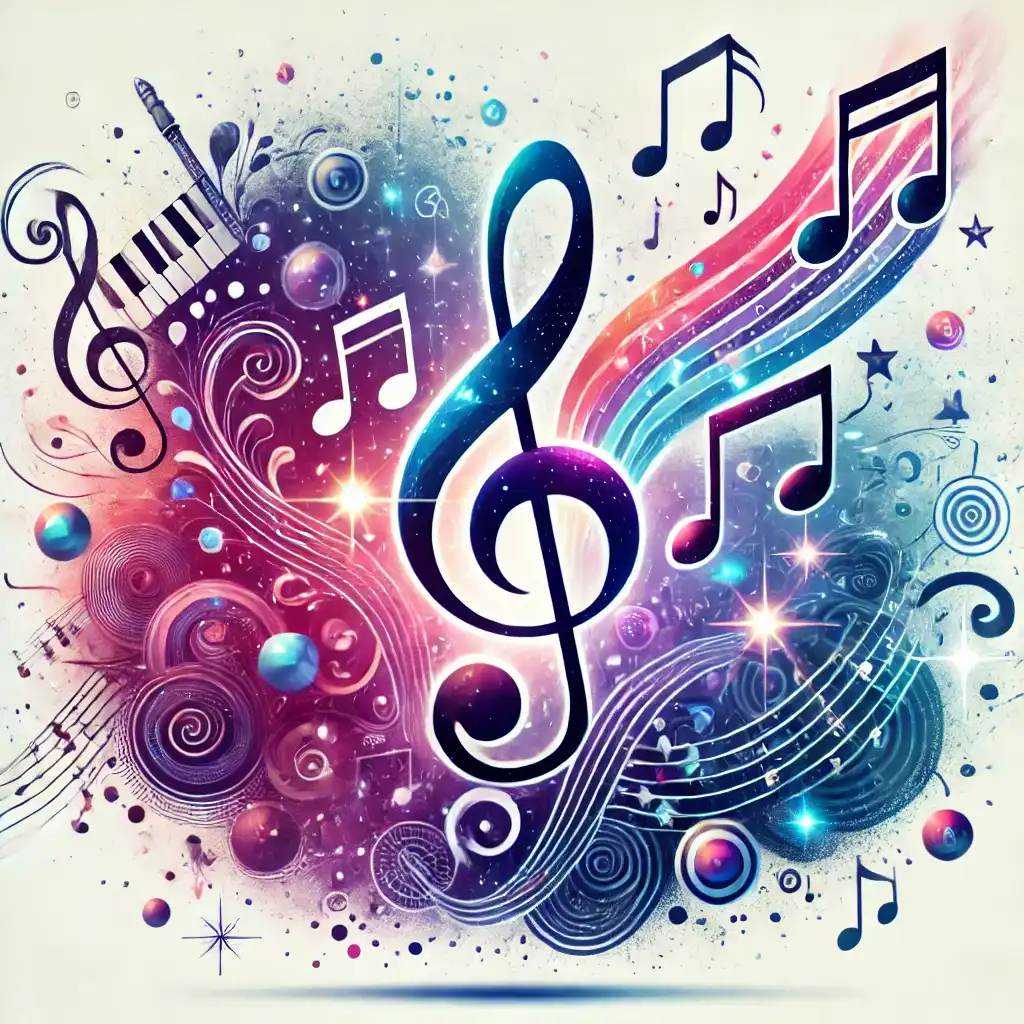Childhood and the Discovery of Music
Growing up, while my friends immersed themselves in visual games, I found solace in sound. The radio was my constant companion, and I’d spend hours listening to all kinds of music, from classical to rock. At eight years old, my parents bought me a small keyboard, and I was captivated by the different notes and the melodies they could create. Reading sheet music was a challenge due to my low vision, so I learned to play by ear. I’d listen to a song and then try to replicate it on the keyboard, a skill that set me apart. In my low-vision school, classmates like me envied my talent.
— Jack Marr, Maverick
Grandma’s Concert Experience: Joy Beyond Sight
My grandma also has low vision, and she’s always loved music. She often told me stories of attending concerts in her youth, how the music transported her to another world. To celebrate her birthday, I decided to take her to a symphony concert. We arrived at the concert hall, and I guided her to our seats. The air buzzed with anticipation. As the orchestra began to play, I could feel the floor vibrate. The music swelled, and I glanced at Grandma—she had her eyes closed, but a smile never left her face. During the intermission, she squeezed my hand and said, “I can’t see the musicians, but I can feel every note. It’s beautiful.” That night, we shared a connection through music that words couldn’t express. It reminded me that beauty can be experienced in many ways.
— Ailing Rona
From Audience to Stage: Realizing a Musical Dream

I have a hereditary low-vision condition, and that concert ignited my dream of performing on stage. Pursuing a music career wasn’t easy—I had to find ways to learn that didn’t rely on sight. My elementary school braille tutor was especially supportive, and my teacher introduced me to braille music notation, opening up a new world. Braille music uses the same six-dot system as literary braille, allowing visually impaired musicians to read scores through touch. I spent countless hours practicing each day, memorizing pieces and honing my skills. My first public performance came in 2020 at a local concert. I was nervous, but as I played, I forgot everything else and let the music flow. Sometimes I felt frustrated, especially not seeing the audience’s reactions, but I learned to trust music’s power to communicate. Eventually, I got the chance to perform on a bigger stage—a dream-come-true moment. The standing ovation and applause sent my heart soaring.
— Kalina Bezos, a singer-songwriter currently producing tracks with a small record label in Pennsylvania
Music’s Broader Impact: An Inclusive Auditory Awakening

Music isn’t just personal enjoyment—it’s a source of joy that uplifts spirits. Listening to pleasing music can improve people’s moods, and many visually impaired individuals have exceptional auditory abilities that they use to great effect. Research shows that those with visual impairments may have unique advantages in music. For instance, The Guardian: Musical Talent and Blindness notes that preterm children with visual impairments are 4,000 times more likely to develop perfect pitch than their sighted peers. Perfect pitch aids in understanding music theory more quickly and deeply, enhancing composition and improvisation. As the saying goes, “When God closes one door, another opens.” In Chinese, there’s a similar proverb: “The old man lost his horse, but who knows if it’s not a blessing in disguise?”
Losing sight might even be a gift in disguise.
Even if you can barely see, you can still experience a wealth of beauty—through the pleasures of sound, touch, taste, and smell, engaging all your senses. Sometimes, an overload of visual stimuli can be a distraction. Studies suggest that over 80% of human perception comes from vision, but this can also lead to trouble—like being drawn to trivial things or overly captivating sights, draining energy and focus from work or study. Witnessing certain scenes can cast shadows over life, and unintended glimpses of disturbing images can have lasting negative impacts.
The Science of Auditory Advantage: Redefining the Sensory Map
 A groundbreaking 2018 study in Nature Neuroscience found that the auditory cortex of visually impaired individuals has 37% denser neural connections than that of sighted people, a compensatory evolution granting them superior sound-processing abilities. A longitudinal survey by the Royal National Institute of Blind People revealed striking data: the proportion of visually impaired individuals among professional musicians is eight times higher than in the general population, and their average improvisation sessions outlast those of sighted peers by 42%.
A groundbreaking 2018 study in Nature Neuroscience found that the auditory cortex of visually impaired individuals has 37% denser neural connections than that of sighted people, a compensatory evolution granting them superior sound-processing abilities. A longitudinal survey by the Royal National Institute of Blind People revealed striking data: the proportion of visually impaired individuals among professional musicians is eight times higher than in the general population, and their average improvisation sessions outlast those of sighted peers by 42%.
Neuroscientist David Eagleman writes in The Hidden Self, “When the floodgates of vision close, the brain reallocates 90% of its sensory processing power to hearing and touch.” This explains why blind children are 4,000 times more likely to develop perfect pitch (The Lancet Child & Adolescent Health, 2021). Recent fMRI scans from Cambridge University’s Music Cognition Lab show that blind musicians exhibit 63% greater synergy between their prefrontal and auditory cortices when processing complex melodies compared to sighted individuals.
The Poetry of Sound: A Life Enriched Beyond Sight
In an era of visual information overload, hearing becomes a purer vessel for aesthetics. A comparative study from MIT’s Media Lab found that music composed in a purely auditory environment scored 28% higher in emotional resonance than works created with combined visual and auditory input (Trends in Cognitive Sciences, 2022). This echoes the ancient Chinese wisdom, “The five colors blind the eye”—when our eyes are no longer tethered to fleeting images, our ears can catch the rhythm of morning dew, and our fingertips can read the tremolo of a sycamore leaf.
As Stevie Wonder writes in his autobiography, “Darkness isn’t a cage—it’s the night sky where sound grows wings.” For millions with low vision, music isn’t a fallback; it’s a gift channel specially marked by fate. When Benjamin Wagner, the principal blind violinist of the New York Philharmonic, plays The Song of the Wanderer, the vibrant light dancing on his strings transcends the retina’s limits, projecting an everlasting rainbow onto the heart’s screen of every listener.
People with visual impairments can create many wonderful things and music. The video above showcases the beautiful sounds of the Handpan – once familiar with the instrument, the player can effortlessly produce desired melodies without even needing to look at the keys. For more resources on low vision living, please click here.
(Note: The Handpan is a steel percussion instrument that can be played through tactile memory, making it particularly suitable for musicians with visual impairments.)


